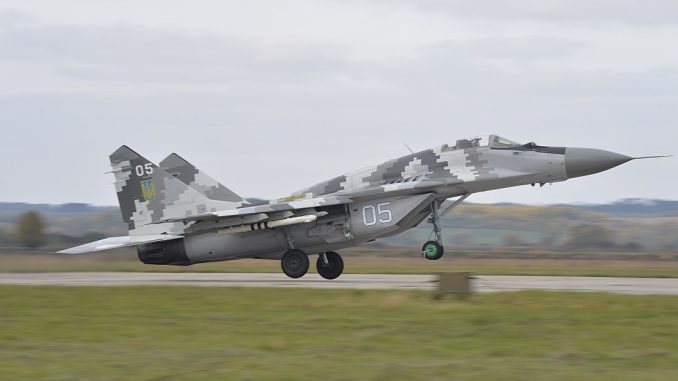
On October 6, 1977, the Mikoyan MiG-29 prototype 9-01 took its first flight from Moscow, becoming one of the most famous fighter jets for its excellent aerodynamics and adaptability to various combat scenarios. Also known as Fulcrum, the MiG-29 was developed during the Cold War to counter U.S. fourth-generation fighters like the F-15 Eagle and F-16 Fighting Falcon.

Around 1969, the Soviet Ministry of Defense officially demanded an agile and high-performance frontline fighter that would surpass air-to-air combat from rival fighter jets. Hence, the MiG-29 was designed as a lightweight multi-role fighter and conceptualized to fulfil the Soviet requirement for a highly manoeuvrable, cost-effective jet. Thus, the Mig-29 became a geopolitical weapon to establish air superiority and national defence against the U.S. Air Force’s advanced jets.
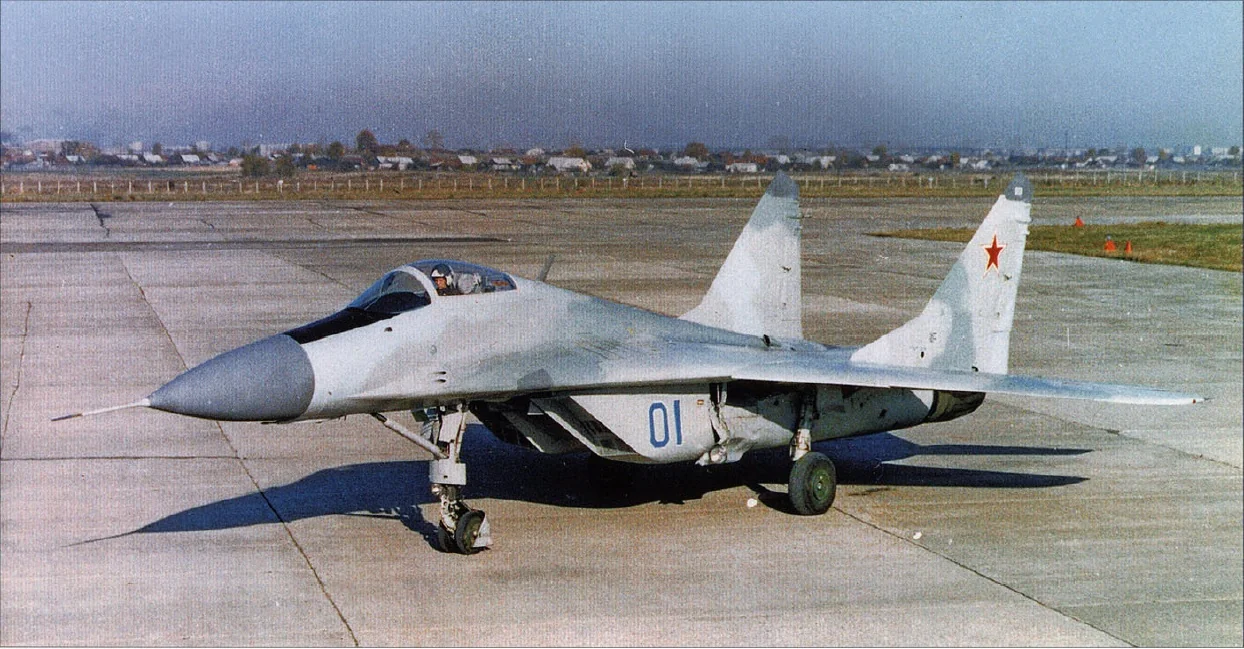
Manufacturing the Fulcrum
As the Cold War peaked, the Soviet Union’s infamous fighter jet developers, Mikoyan Design Bureau (OKB), initiated the design process with chief designer Rostislav Belyakov. The process was deeply influenced by aerodynamic research to ensure high agility and efficiency at both subsonic and supersonic speeds during close combat. It had broad aerodynamic similarities to the Sukhoi Su-27 but with some notable differences. The MiG-29 featured a unique twin-engine configuration powered by Klimov RD-33 turbofan engines, which provided it with superior thrust and manoeuvrability. A few innovative months later, the manufacturing process was finished successfully, and the first of the 11 prototypes was ready to take its first flight.
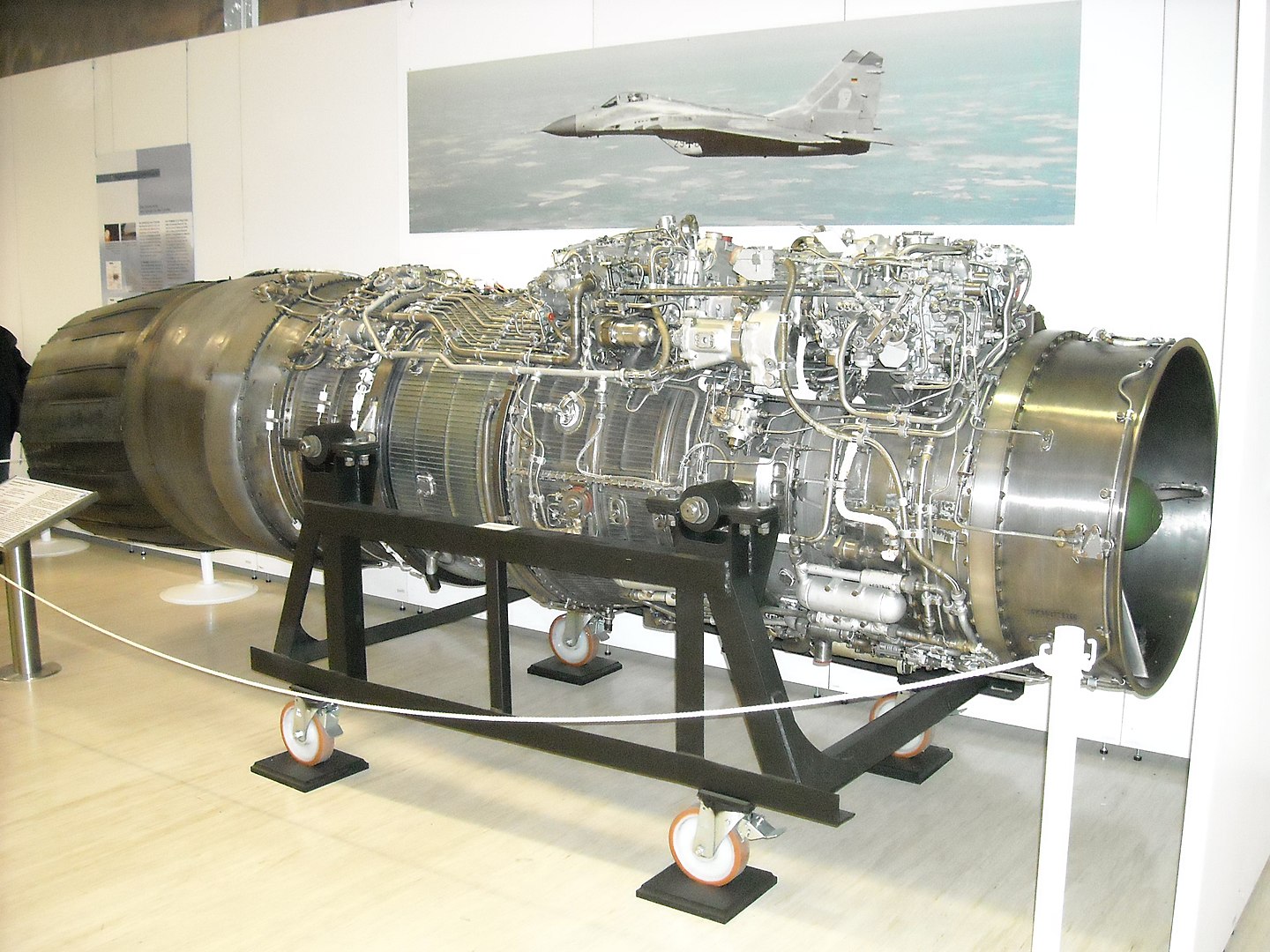
Clear Take-off, 9-01
On this historical day, October 6, 1977, prototype 9-01 took off from Ramenskoye Airfield near Moscow with test pilot Alexander Fedotov. The aircraft positively showcased combat functionality and adaptability. The flight ended successfully, starting a series of extensive flight trials that led to the refinement of future production models.
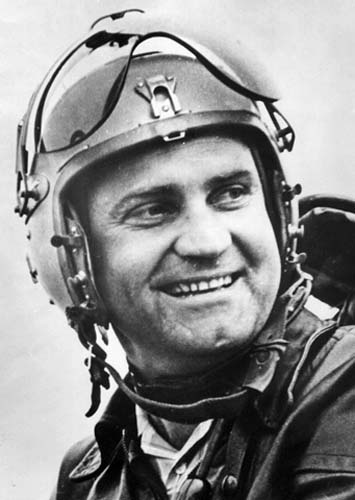
Wings and Airframe
Structurally, the MiG-29 has a mid-mounted swept wing with blended leading-edge root extensions, which are swept at around 40 degrees. These wings help maintain stability even at a high angle of attack, especially allowing for better yaw control. Apart from the swept wings, there are swept tailplanes and two vertical fins mounted on booms outboard of the engines. Additionally, automatic slats are mounted on the wings’ leading edges with manoeuvring flaps and wingtip ailerons on the trailing edge.
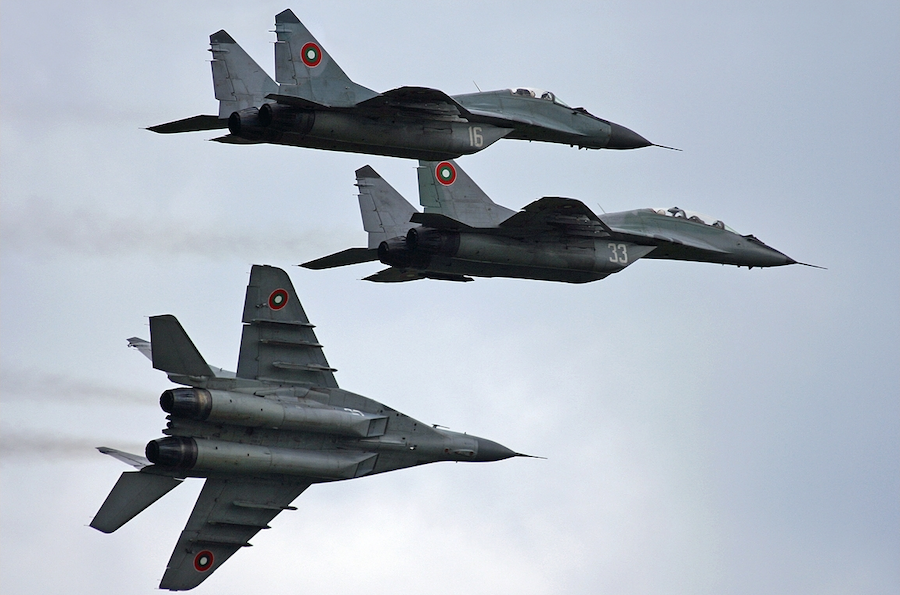
The airframe is primarily made of aluminium and some composite material, which can handle stress up to 9 Gs. It also has soft limiters to prevent the pilot from exceeding G and alpha limits while operating at subsonic and supersonic speeds. These limiters activate automatically as the airframe experiences stress but can be disabled manually.
Sensors and Infrared Search and Track (IRST) system
The MiG-29 is equipped with advanced sensors like the N019 Topaz radar. It is a look-down/shoot-down radar capable of detecting and engaging low-flying targets. This allows the aircraft to track and engage low-flying targets while maintaining a high level of situational awareness.
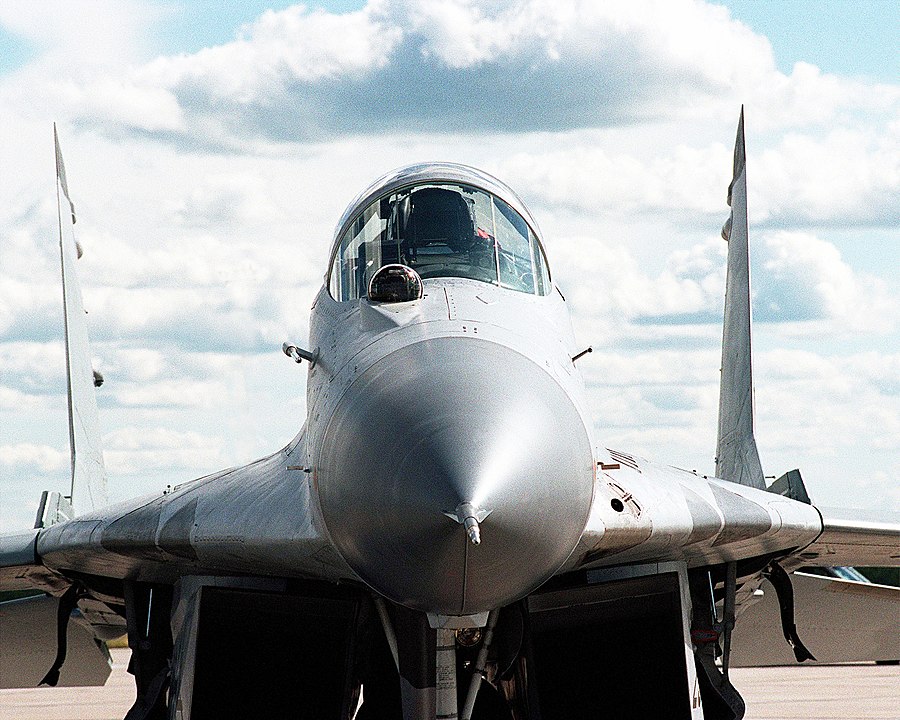
This further enhances the MiG-29’s combat capabilities by allowing it to track targets without relying on radar, thereby minimizing the risk of detection by enemy forces. IRST combined with radar further maximizes the combat efficiency of the aircraft. Apart from being equipped with high-end technologies, the MiG-29 has various features that make it an innovative marvel. These features include the aircraft’s STOL capability, which allowed it to operate at remote locations during the Cold War. Despite the airplane’s compact design, it can carry a variety of weapons, including R-27, R-60, and R-73 missiles.
Operational Milestones
The MiG-29 became a valuable asset for the Soviet Air Force and has continued to serve in many countries across the globe. After entering service in 1983, it became known for its robust capabilities in air-to-air combat and participated in various wars. These combats included the clash with the U.S. in the Gulf War in 1991 and later in the Kosovo conflict in 1999, going head-to-head with NATO aircraft. The Indian Air Force has also extensively used the MiG-29, upgrading many of its planes to the MiG-29UPG standard, which includes improved avionics and weapons systems. The aircraft was exported to over 30 countries worldwide, including Germany, Serbia, Poland, North Korea, Iraq, and others.
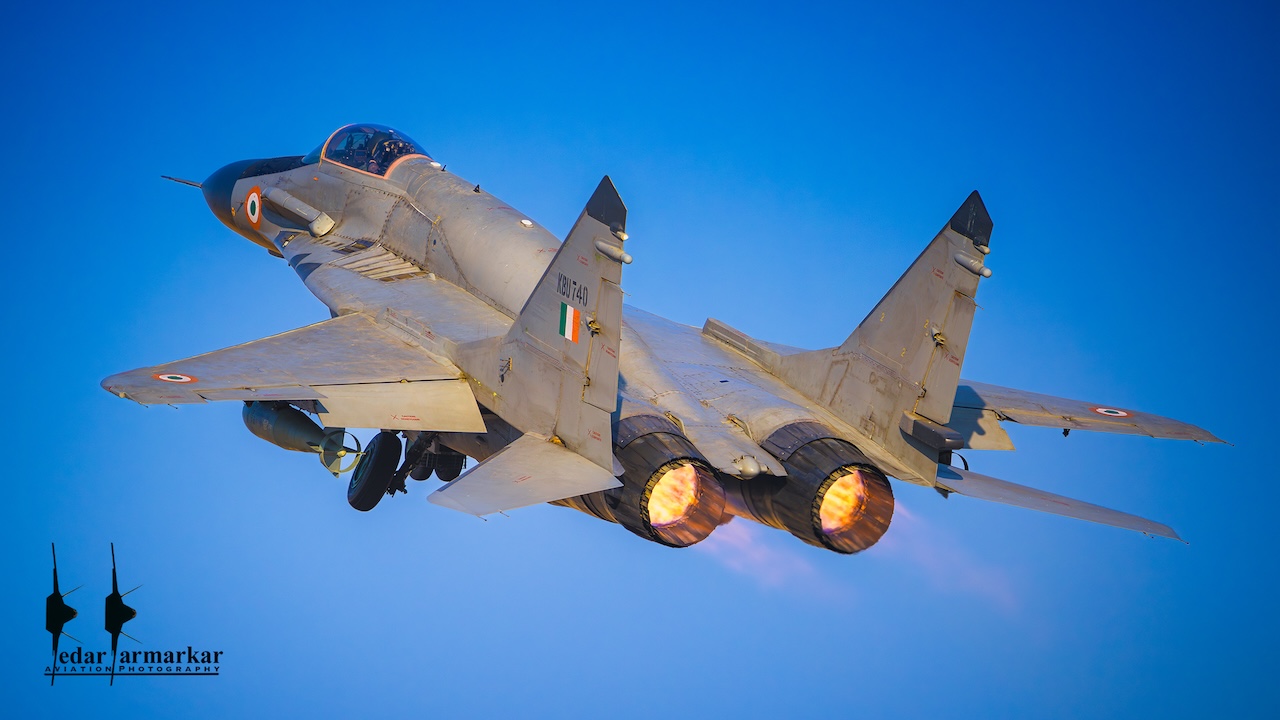
MiG-29 and Better
The aircraft continues to serve in the Russian Air Force in upgraded variants, including the MiG-29SMT. Many nations have upgraded their MiG-29 fleets with modern avionics, sensors, and weapons to extend the aircraft’s service life well into the 21st century. Some MiG-29s, particularly older variants, have been retired, but the MiG-29M and MiG-35 variants continue to be produced as multi-role fighters with modern upgrades. As air forces worldwide continue to upgrade and operate the MiG-29, its legacy in military aviation history is assured.
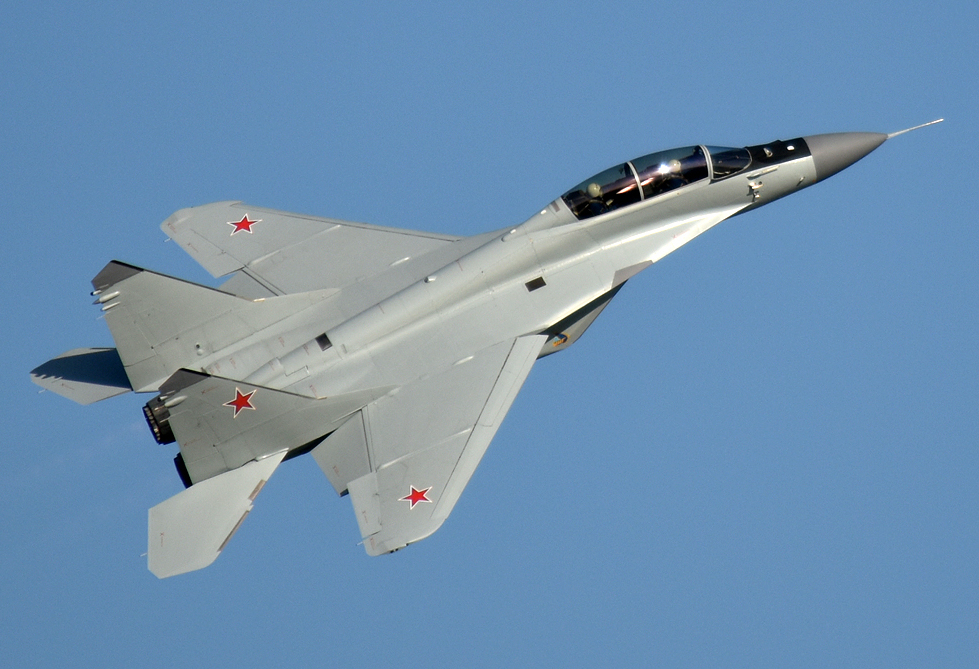
Today in Aviation History is a series highlighting the achievements, innovations, and milestones that have shaped the skies. All the previous anniversaries are available HERE.
Related Articles

Today in Aviation History: First Aerial Combat Kill in History…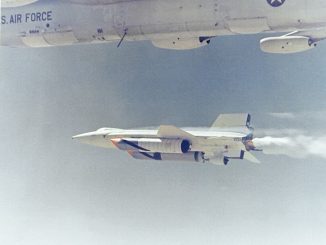
Today in Aviation History: William J. Knight Sets a New…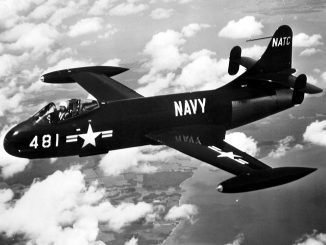
Today in Aviation History: First Flight of the Vought F6U…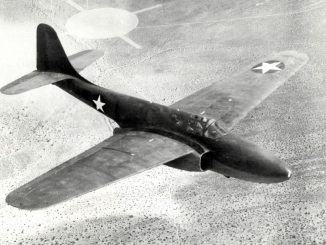
Today in Aviation History: First Flight of the Bell XP-59…
Today in Aviation History – September 18, 1963: First flight…
"Haritima Maurya, pen name, ""Another Stardust,"" has been passionate about writing since her school days and later began sharing her work online in 2019. She was drawn to writing because of her love for reading, being starstruck by the art of expression and how someone can make you see and feel things exclusive to their experience. She wanted to be able to do that herself and share her mind with world cause she believes while we co exist in this beautiful world least we can do is share our little worlds within.
As a commercial pilot, Haritima balances her passion for aviation with her love for storytelling. She believes that, much like flying, writing offers a perspective beyond the ordinary, offering a bridge between individual experiences and collective understanding.
Through her work, ""Another Stardust"" aims to capture the nuances of life, giving voice to moments that resonate universally. "




Be the first to comment
Graphic Design, Branding and Aviation Art